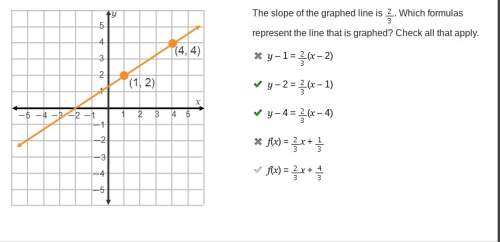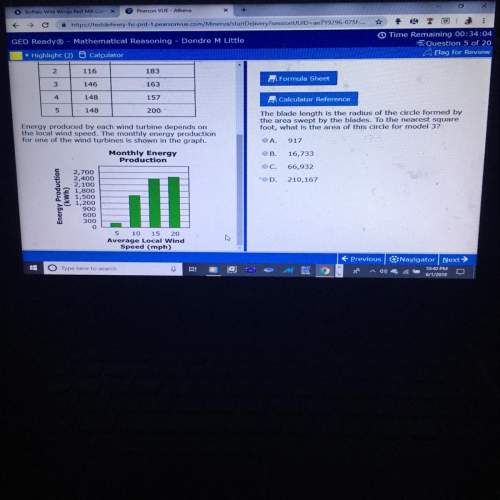
Mathematics, 29.11.2019 02:31 haileebug5049
An urn initially contains one red and one blue ball. at each stage, a ball is randomly chosen and then replaced along with another of the same color. let x denote the selection number of the first chosen ball that is blue. for instance, if the first selection is red and the second blue, then x is equal to 2. (a) find
p{x> i},i≥1
. (b) show that, with probability 1, a blue ball is eventually chosen. (that is, show that
p{x< [infinity]}=1.)
(c) find e[x].

Answers: 1


Another question on Mathematics

Mathematics, 21.06.2019 13:30
Find the x-intercept and y-intercept of the line. 3x + 5y = −15
Answers: 1


Mathematics, 21.06.2019 20:30
Jason went to an arcade to play video games. he paid $2 for every 11 tokens he bought. he spent a total of $16 on tokens. which equation can be used to determine,t, the number lf tokens jason bought
Answers: 1

Mathematics, 21.06.2019 23:00
If a company produces x units of an item at a cost of $35 apiece the function c=35x is a of the total production costs
Answers: 2
You know the right answer?
An urn initially contains one red and one blue ball. at each stage, a ball is randomly chosen and th...
Questions





Mathematics, 22.07.2019 21:50



Biology, 22.07.2019 21:50

Biology, 22.07.2019 21:50

Advanced Placement (AP), 22.07.2019 21:50

Business, 22.07.2019 21:50

History, 22.07.2019 21:50


Chemistry, 22.07.2019 21:50


History, 22.07.2019 21:50


Chemistry, 22.07.2019 21:50

Health, 22.07.2019 21:50





